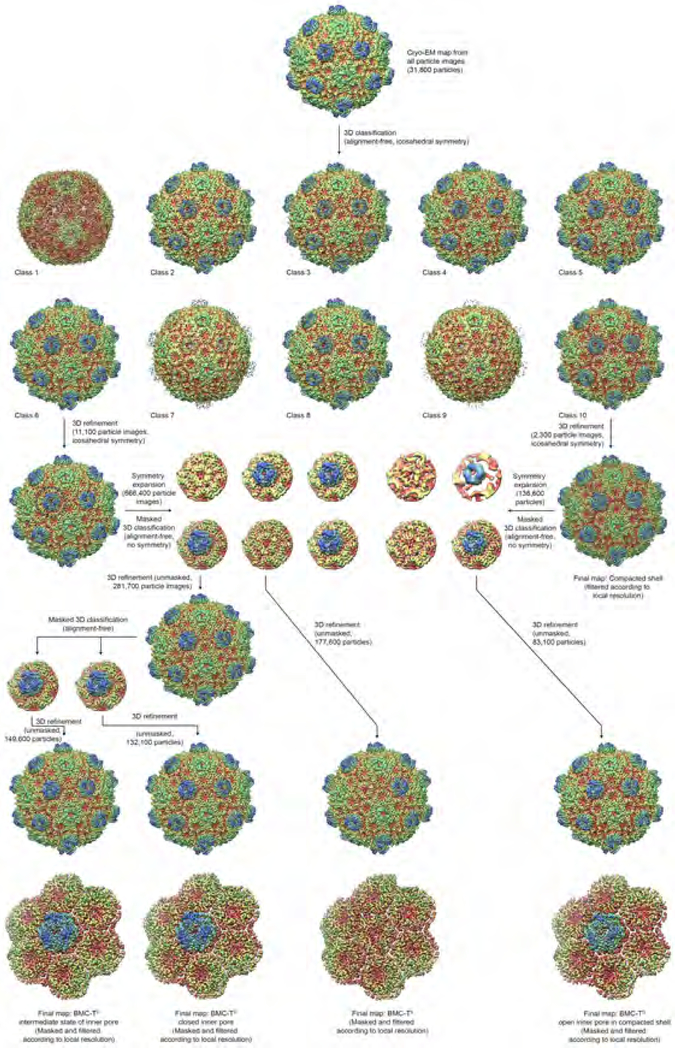Fig. 4. Data processing for determination of BMC-T structures in the context of the assembled shell.
The entire BMC shell dataset was initially classified into 10 classes with icosahedral symmetry imposed. All 10 classes obtained in this initial classification step are shown at identical thresholds, with the exception of class 1, which is shown at slightly reduced threshold because it exhibited markedly lower density levels, likely due to classification of broken or otherwise aberrant particles or false positive particle picks into this class. Selected classes (6 and 10) were refined and symmetry expanded. Subsequently, one BMC-T position (indicated by a dotted line) was classified using a mask. The resulting sub-datasets were reconstructed, showing clearly the difference between the single-layer BMC-TS1 and the double-layer BMCTD2/TD3 at the classified position, and again subclassified to obtain more homogeneous datasets. The final subclassified datasets were again reconstructed, and the final volumes were masked around the classified BMC-T position and sharpened using the post-processing function in RELION for visualization and structure interpretation.

